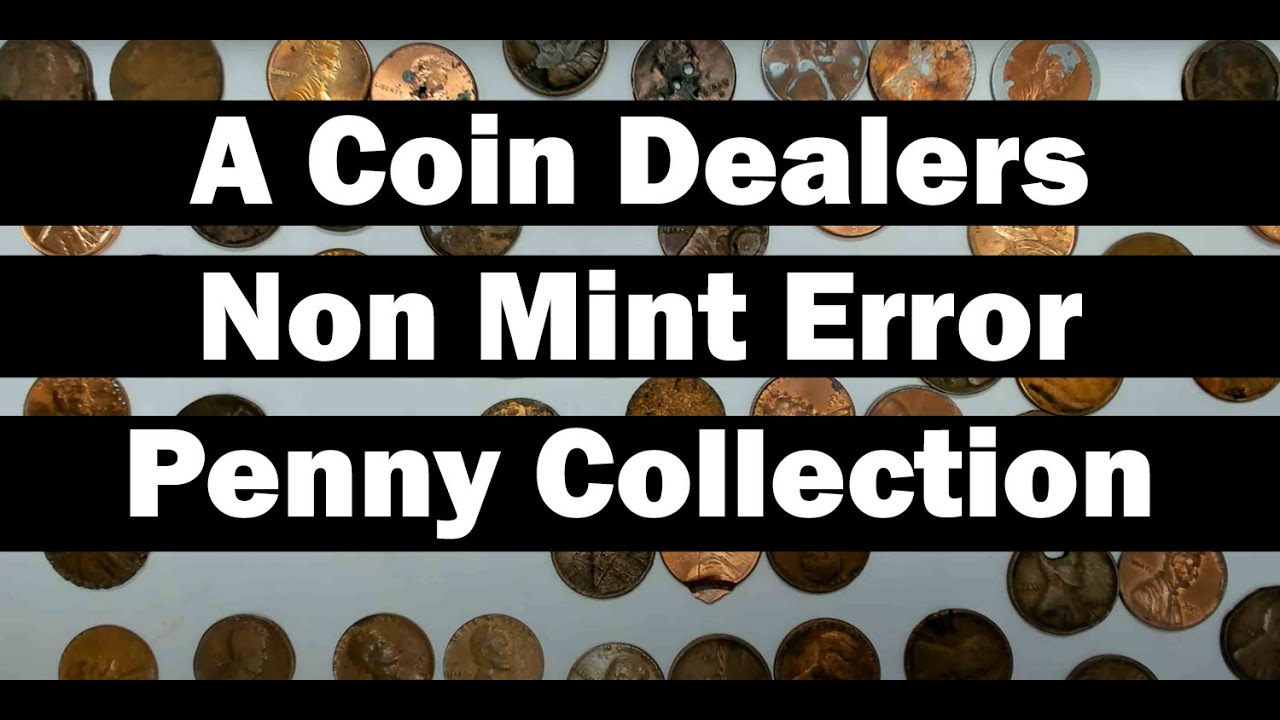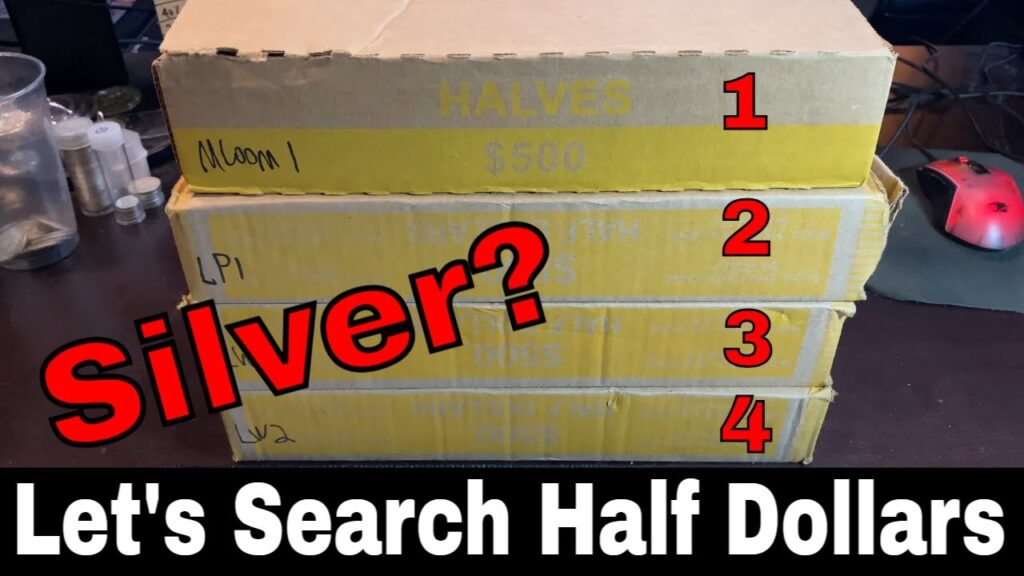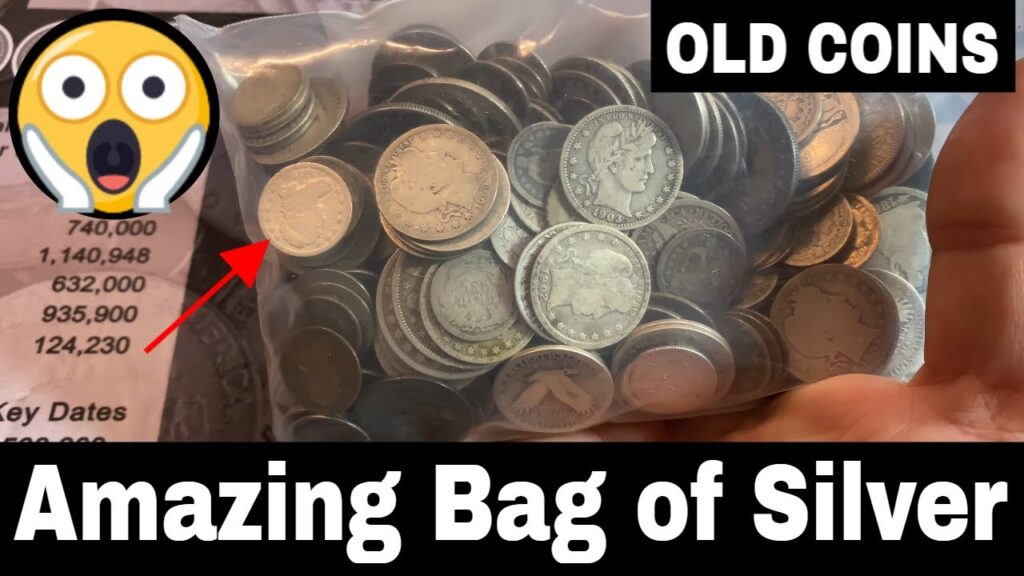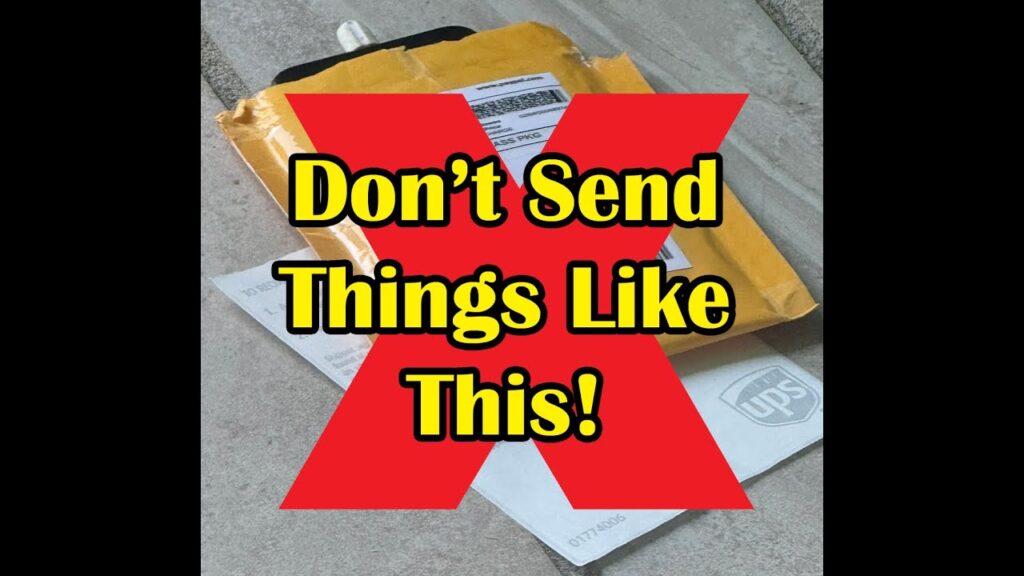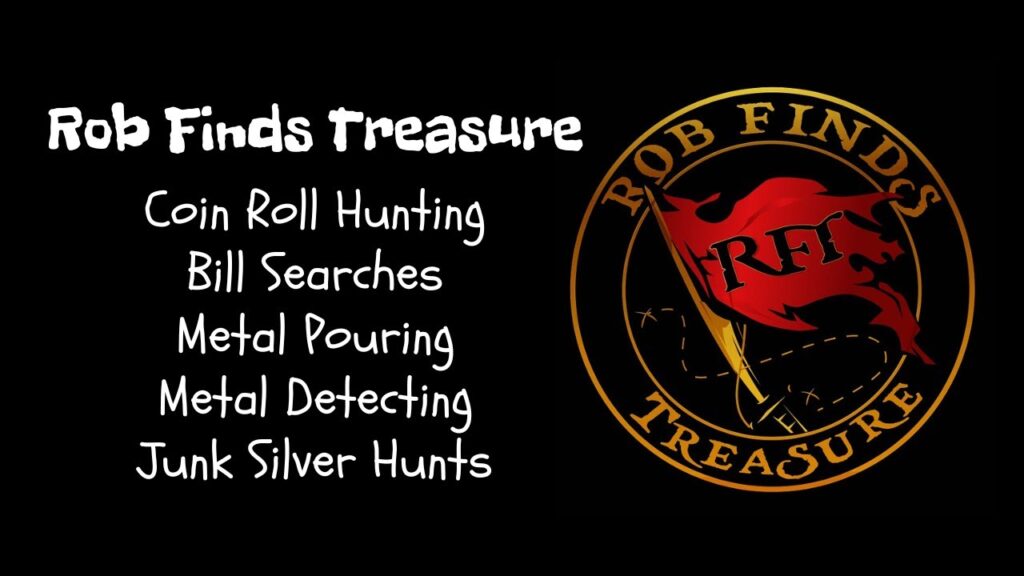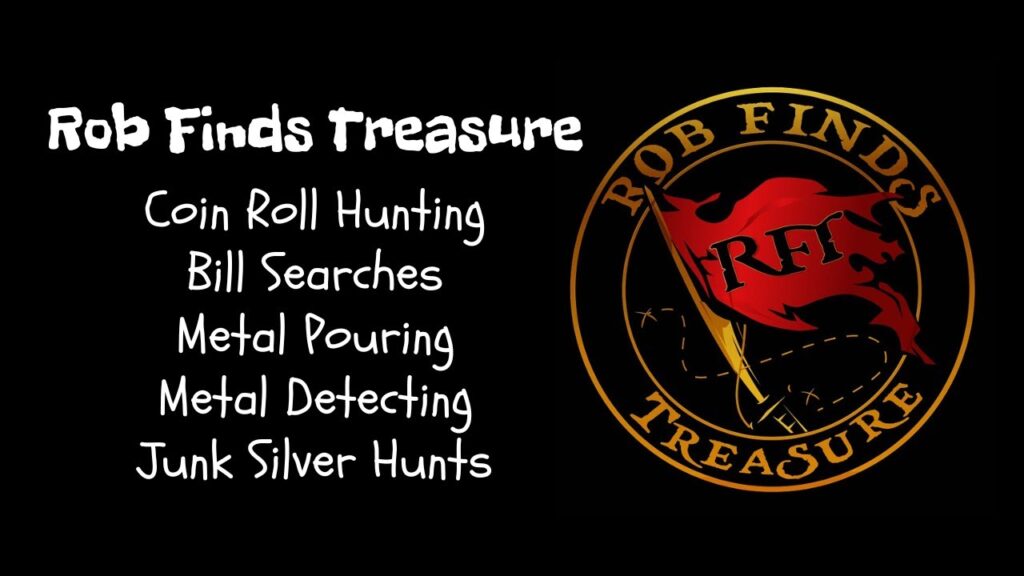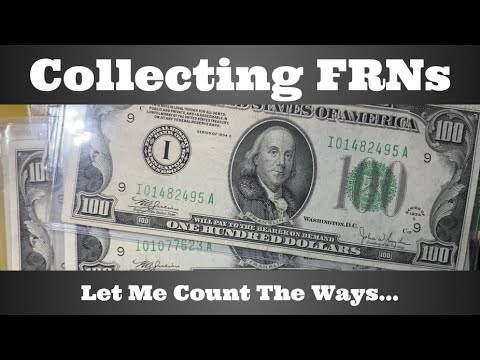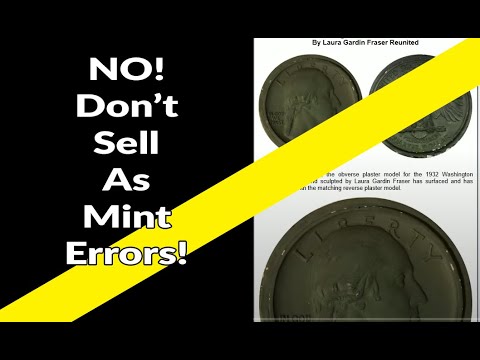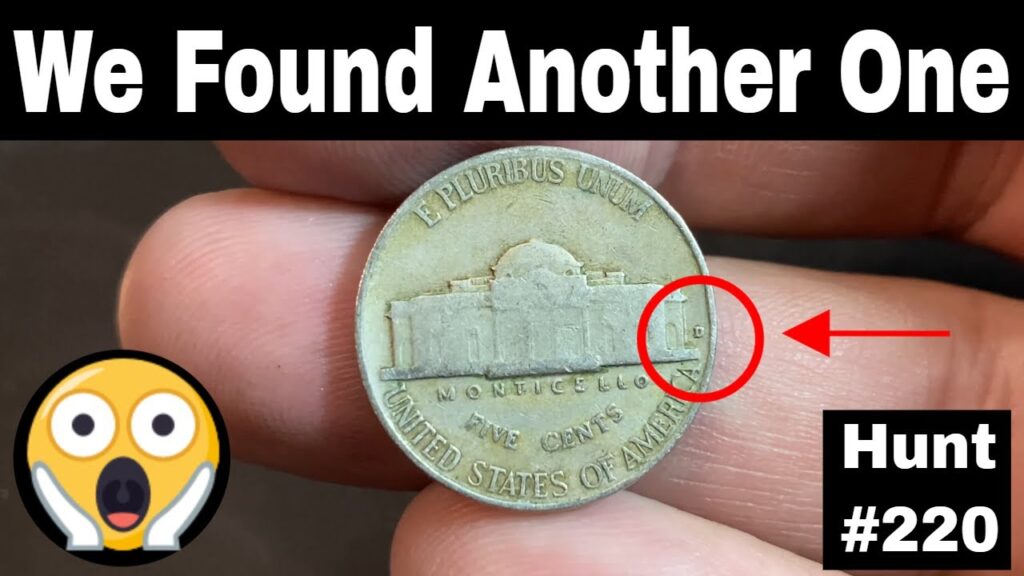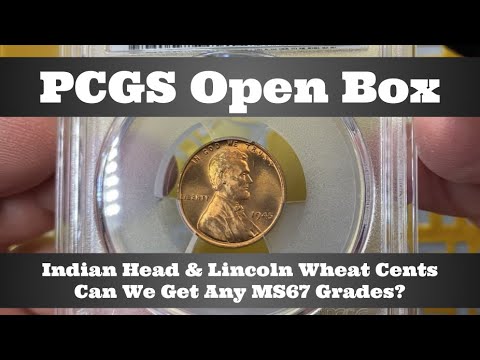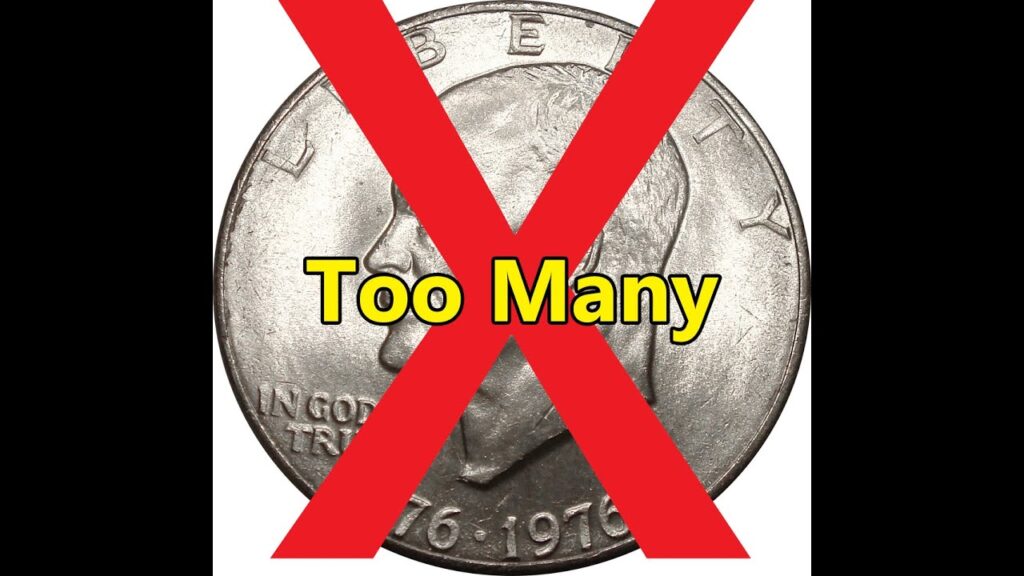My Non Mint Error Lincoln Cent Penny Collection
Buy Coins From Us: https://portsmouthcoinshop.com/
Help Community
Coin Value App: https://coinauctionshelp.com/coincollectingapps/
Mint Error App: https://errorcoins.coinauctionshelp.com/wordpress/
Join this channel to get access to perks:
https://www.youtube.com/channel/UCIYtW3byS0u7rBmXg71pXQw/join
This transcript discusses common misconceptions about damaged coins, particularly Lincoln cents, and how to differentiate genuine mint errors from post-mint damage. The speaker examines various coins and explains how they were altered, either intentionally or accidentally, through mechanical means, chemical reactions, or exposure to different environments.
The key points covered include:
Understanding Post-Mint Damage
Many coins that appear unique or unusual have been altered outside the minting process.
Examples include coins that have been exposed to fire, run through machines, or mechanically manipulated using tools such as vices, hammers, or grinders.
Common forms of damage include rim alteration, artificial toning, corrosion, and plating removal.
Identifying Altered Coins
Some coins exhibit mechanical alterations, such as “dryer coins” with worn-down edges.
Artificially toned and cleaned coins often look different but can be identified by their weight and surface characteristics.
Copper plating can be removed through simple methods like using a Dremel or sandpaper, exposing the zinc underneath.
Coins that appear struck on the wrong planchet should be weighed to confirm their authenticity.
Examples of Post-Mint Damage
Some coins are mistakenly thought to have mint errors but are instead affected by acid exposure, leading to a thin appearance.
Coins stored improperly can develop corrosion or oxidation, causing structural changes that resemble mint errors.
Some coins have solder or other substances adhered to them, which can be removed using acetone.
Common misconceptions include believing that holes, bends, or unusual marks were created during minting when they were actually caused by tools or environmental factors.
Distinguishing Genuine Errors from Damage
Real mint errors follow documented patterns, and new error types are unlikely due to the established minting process.
While new varieties of known errors can be discovered, completely new types of mint errors are rare.
The best way to determine if a coin is a genuine error is to compare it with known examples and verify its weight and dimensions.
Encouragement for Collectors
Coin collecting should be enjoyable, and collectors are encouraged to keep interesting coins for personal appreciation rather than monetary value.
The speaker advises collectors to test and experiment with damaging coins themselves to understand how post-mint damage occurs.
Recognizing and accepting post-mint damage helps collectors focus on finding true mint errors and valuable coins.
The transcript ultimately aims to educate collectors about the reality of coin damage, urging them to rely on knowledge and experience rather than speculation when assessing coins.

